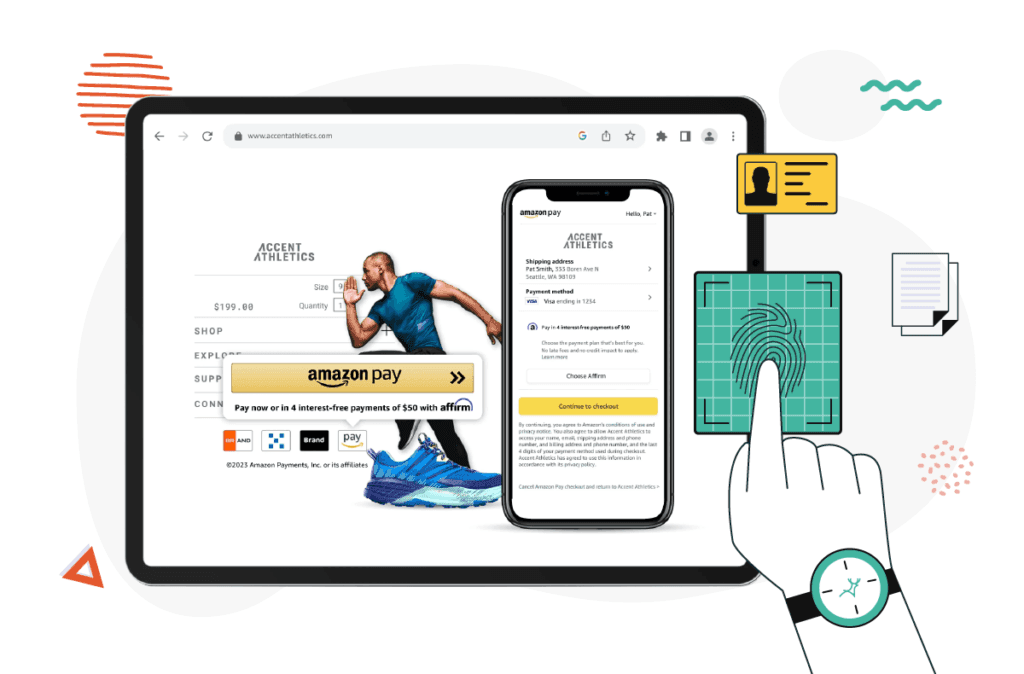When it comes to running a successful e-commerce business, engaging website design is crucial. Your website is often the first point of contact between your brand and potential customers, so it’s important to make a good impression. A well-designed website can help to build trust, encourage visitors to explore your products, and ultimately drive sales.
Key Elements of Engaging Website Design
There are several key elements to consider when designing an e-commerce site for maximum engagement:
1. User-Friendly Navigation
Make it easy for visitors to find what they’re looking for by using clear categories and navigation menus. Ensure that your site is intuitive to use and that visitors can easily navigate from one page to another.
2. High-Quality Visuals
High-quality images and videos are essential for showcasing your products and capturing the attention of your audience. Invest in professional photography and use visuals that are consistent with your brand aesthetic.
3. Compelling Call-to-Actions
Use clear and compelling call-to-actions throughout your site to encourage visitors to take the next step, whether that’s making a purchase, signing up for a newsletter, or following you on social media.
4. Mobile Responsiveness
With more and more people shopping on their smartphones and tablets, it’s essential that your website is optimized for mobile devices. Ensure that your site is responsive and looks good on all screen sizes.
5. Fast Loading Speed
No one likes waiting for a website to load, so make sure that your site loads quickly to provide a seamless user experience. Optimize images, use a fast hosting provider, and minimize the use of unnecessary plugins.
Case Studies: Examples of Engaging E-Commerce Sites
Looking for inspiration? Here are a few examples of e-commerce sites that have nailed the art of engagement:
1. Nike
Nike’s website features stunning visuals, easy navigation, and compelling call-to-actions that encourage visitors to explore their products and make a purchase.
2. Amazon
Amazon’s mobile-responsive site loads quickly, making it easy for customers to find and buy the products they’re looking for. The site also features personalized recommendations and a seamless checkout process.
3. Glossier
Glossier’s minimalist design, high-quality images, and user-friendly navigation make it a pleasure to shop on their site. The brand also uses social proof to build trust with their audience.
Conclusion
Designing an e-commerce site for maximum engagement requires careful consideration of key elements such as user-friendly navigation, high-quality visuals, compelling call-to-actions, mobile responsiveness, and fast loading speed. By focusing on these aspects, you can create a website that not only looks great but also drives sales and builds brand loyalty.
